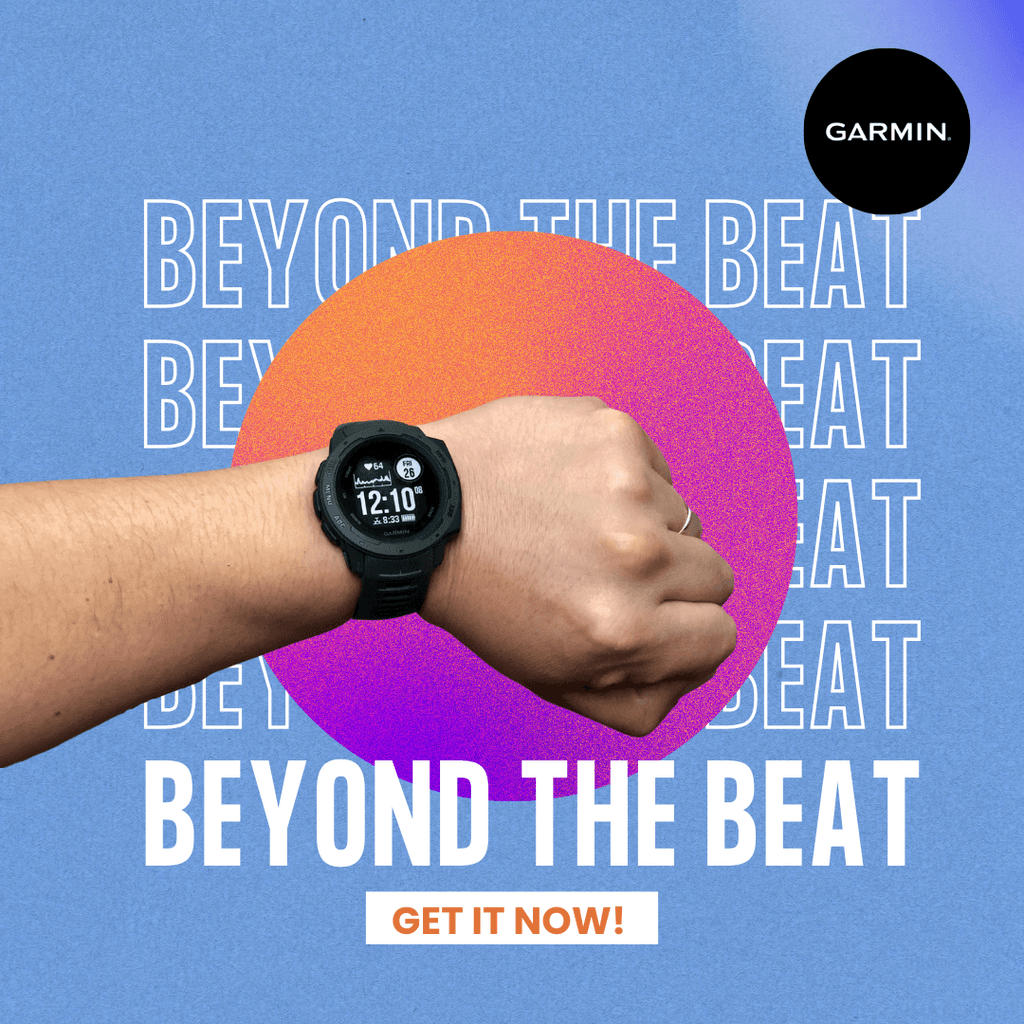After publishing our last blog on geofencing, we got a wave of questions—smart, thoughtful ones. And we get it. Geofencing sounds like sci-fi to some, and sketchy tech to others. But here’s the truth: like any tool, it’s all about how you use it. So today, we're cutting through the noise and answering your biggest questions—clearly, simply, and without the jargon.
1. Is Geofencing Ethical?
Let’s get the big question out of the way. Is it ethical to track people’s locations?
It depends entirely on consent and transparency. If users are knowingly opting in—like enabling location for app functionality or agreeing to receive location-based notifications—then geofencing can be used ethically and effectively. The issue arises when companies collect and use location data without clear permission. As a business, the ethical approach is to be upfront: tell users how and why you’re using their location, and give them control.
2. What’s the Typical Distance for Geofencing?
There’s no fixed size. A geofence can be set up for just a few meters or span several miles—it all depends on your goal. A retail store might create a geofence within a 300-meter radius, while a travel company might use a 5-mile radius around an airport. The flexibility is what makes geofencing powerful.
3. Does Geofencing Work if Location Services Are Turned Off?
Nope. If someone disables location services on their device, geofencing won’t work. GPS or network-based location tracking must be enabled for the system to recognize when a device enters or exits a geofenced area.
4. Does Geofencing Need Wi-Fi?
Not necessarily. Geofencing can work with GPS, cellular networks, and Wi-Fi. Wi-Fi makes it more battery-efficient and can improve accuracy, especially indoors. But GPS alone is enough for outdoor locations, though it may drain battery faster.
5. What Products Use Geofencing?
A surprisingly wide range of industries tap into geofencing:
Retailers offer in-store coupons the moment you walk past.
Event organizers send real-time updates or reminders to attendees.
Museums provide exhibit info as you walk by.
Real estate agents notify potential buyers of listings in a specific area.
Insurers target drivers entering high-risk zones.
Educational institutions attract students nearby.
Even governments and nonprofits use it for outreach and public service messages.
If your product or service has a physical location or relevance to geography, geofencing can be a game-changer.
6. Does Geofencing Cost Money?
Yes, but it depends on how you use it. Many advertising platforms offer geofencing features—Google Ads, for instance. There are also third-party platforms like Geofy or Radar.io. Costs can start from as little as $299/month and go up depending on targeting complexity and campaign size.
7. How Accurate is Geofencing?
When implemented correctly, very accurate. Modern GPS systems can pinpoint location within 5-10 meters. Add Wi-Fi triangulation or Bluetooth beacons (used for micro-location targeting), and you can narrow down the user’s position even more.
Never Miss a Trend Again
Join over 1 million Business-decision makers and marketers to get latest social news, trends, and tips right to your inbox!
8. Can I Protect Myself From Geofencing as a User?
Yes. Just disable location services or app permissions for location tracking. You can also go into your phone’s ad settings and opt out of location-based advertising. For added privacy, use privacy-focused browsers or apps like PrivacyFix.
9. What’s the Purpose of Geofencing?
In marketing, the goal is simple: relevance. Geofencing lets brands engage people at just the right moment and location—whether it’s sending a discount as they pass your shop, or a reminder as they enter a specific zone. It’s also used in logistics, employee tracking, and smart home automation.
10. How Do I Set Up Geofencing for My Business?
Here’s a basic setup roadmap:
Define the location: Pick the physical area you want to target.
Choose a tool/platform: Use platforms like Google Ads, Facebook, or specialized tools like Radar.
Set the radius: This could be meters or miles.
Create your content: Build ads, alerts, or messages tailored to that location.
Track and refine: Analyze performance and adjust radius or messaging as needed.
Need help setting it up? Rarecide’s got you covered—from strategy to execution.
11. Geofencing vs. Addressable Geofencing: What’s the Difference?
Geofencing creates a virtual boundary around a geographic area. When users enter or exit, a trigger is activated—like a push notification or ad.
Addressable Geofencing takes it further. It lets you target users who’ve visited specific addresses in the past—like a competitor’s store. It's like geofencing with memory.
12. What is Addressable Geofencing?
Addressable geofencing is location-based targeting using historical data. You define addresses of interest—maybe rival locations or popular venues—and target users who’ve previously been there. This method blends precision with strategic intent, and it's especially useful for competitive conquesting or remarketing.
Got more questions or want to explore if geofencing fits your business? Reach out to us at Rarecide—we’re always ready to make tech work smarter for you.
Wrapping Up
Geofencing is no longer a “nice-to-have.” It’s a smart, scalable, and surprisingly accessible tool for businesses that want to meet their audience where they are—literally.
Whether you’re a local shop trying to pull in foot traffic or a growing brand exploring personalized targeting, geofencing offers serious marketing firepower—when used ethically and strategically.
Get matched with the world’s best creators in producing content that’s impossible for your audience to skip.
























